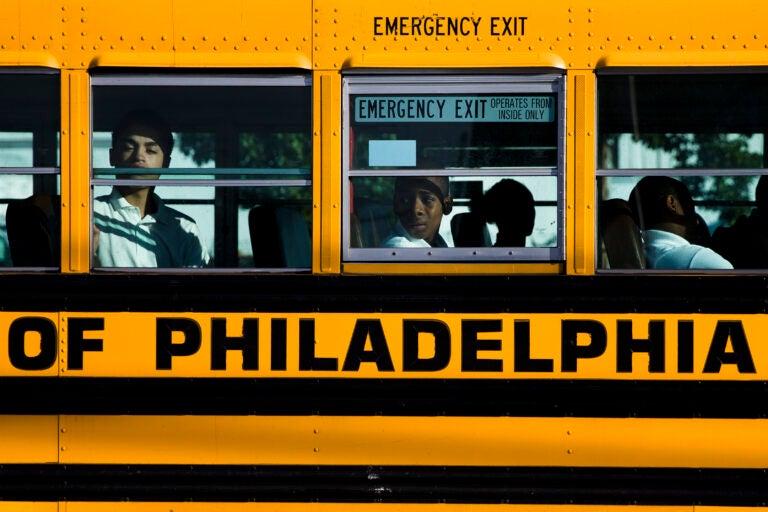Philadelphia’s Public Schools Confront Staffing, Infrastructure, and Enrollment Challenges
Urgent Staffing Deficits Disrupt Philadelphia’s Educational Landscape
The Philadelphia Board of Education has recently raised significant alarms about the persistent and severe shortages in staffing that are undermining the district’s ability to provide consistent, high-quality education. These vacancies affect a broad spectrum of roles, from classroom teachers to vital support personnel, creating instability that directly impacts student learning and support services. Board members stress the necessity of implementing robust recruitment and retention initiatives, particularly those aimed at attracting a diverse pool of educators to better reflect the city’s demographics.
In addition to workforce concerns, the Board is grappling with the challenges posed by aging school facilities and unpredictable student enrollment patterns. Many school buildings are in dire need of renovation to meet safety and functionality standards, while fluctuating enrollment complicates strategic planning and resource distribution. To address these intertwined issues, the Board has prioritized:
- Launching targeted recruitment campaigns to diversify and expand the educator workforce
- Allocating funds for critical repairs and modernization of school infrastructure
- Utilizing real-time data analytics to monitor enrollment trends and adjust planning accordingly
| Focus Area | Current Situation | Board’s Strategic Priority |
|---|---|---|
| Staffing | Elevated vacancy rates across essential positions | Accelerate recruitment and retention efforts |
| Facilities | Numerous schools require urgent repairs | Fast-track modernization projects |
| Enrollment | Volatile student numbers complicate resource planning | Implement dynamic enrollment tracking systems |
Compromised School Infrastructure Threatens Safety and Educational Quality
A significant number of Philadelphia’s public schools are struggling with deteriorating physical conditions that jeopardize both student safety and the overall learning experience. Reports from educators and students frequently cite issues such as leaking roofs, malfunctioning heating and cooling systems, and pervasive mold growth. These problems not only create uncomfortable environments but also pose serious health risks, especially during extreme weather events that further strain the buildings’ structural integrity.
The Board has identified several critical infrastructure concerns:
- Escalating maintenance costs due to ongoing structural decay
- Health hazards stemming from poor indoor air quality and mold infestations
- Reduced classroom availability leading to overcrowding and diminished instructional quality
- Postponed renovation projects hindered by limited budgets
| Infrastructure Issue | Consequences |
|---|---|
| Roof Leaks | Classroom closures and mold proliferation |
| Nonfunctional Fire Alarms | Increased safety risks and emergency response delays |
| Outdated Electrical Systems | Heightened fire hazards and limited technology use |
| Inadequate Heating | Student discomfort and reduced attendance rates |
District leaders emphasize that without immediate and substantial investment in facility upgrades, the quality of education and student well-being will continue to decline, potentially exacerbating issues with enrollment and staff retention.
Declining Enrollment Raises Alarms Over Funding and Program Sustainability
Philadelphia’s public schools are experiencing a notable drop in student enrollment, with recent data indicating an approximate 8% decrease year-over-year. This trend has sparked concerns among educators and administrators about the long-term viability of academic and extracurricular programs, as well as the equitable distribution of limited resources. The shrinking student population necessitates careful adjustments in staffing and budgeting to maintain educational standards.
The enrollment decline also intensifies challenges related to maintaining aging school buildings, many of which require significant financial investment to remain operational and safe. District officials warn of a potential negative feedback loop: reduced enrollment leads to diminished funding, which then threatens program offerings and facility upkeep, further discouraging families from enrolling their children in district schools.
- Staffing: Strategic workforce adjustments are under consideration to align with enrollment changes.
- Facility Maintenance: Urgent need for funding to address infrastructure deficits.
- Program Funding: Risk of cuts to advanced courses and extracurricular activities.
- Long-Term Strategy: Emphasis on adapting to demographic shifts and community needs.
| Factor | Impact Severity | Current Status |
|---|---|---|
| Enrollment | High | Declining by 8% annually |
| Staffing | Moderate | Under evaluation for realignment |
| Facility Upkeep | High | Requires immediate investment |
| Program Continuity | High | Facing potential reductions |
Strategic Investments Proposed to Combat Staffing and Infrastructure Issues
In response to these pressing challenges, the Philadelphia Board of Education has crafted a multi-faceted plan focused on reversing staffing shortages and revitalizing school facilities. Key components of this strategy include:
- Offering competitive salaries and comprehensive professional development to attract and retain high-quality educators
- Prioritizing infrastructure projects that enhance safety, accessibility, and learning conditions
- Integrating advanced technology into classrooms to foster innovative teaching and improve student engagement
To address the complexities of shifting enrollment, the Board is also exploring options such as repurposing underutilized buildings and consolidating resources to maximize efficiency. The preliminary budget allocations for these initiatives in 2024 are as follows:
| Investment Focus | 2024 Budget Allocation | Intended Outcome |
|---|---|---|
| Educator Recruitment & Retention | $15 Million | Decrease vacancy rates by 30% |
| Facility Renovations & Upgrades | $25 Million | Improve safety and accessibility |
| Enrollment Adaptation Initiatives | $5 Million | Align facilities with demographic changes |
Looking Ahead: Navigating Philadelphia’s Educational Future
As Philadelphia’s Board of Education confronts the intertwined challenges of workforce shortages, aging infrastructure, and shifting student populations, the urgency for sustainable, innovative solutions grows. Community members, educators, and policymakers alike recognize that ensuring safe, well-equipped schools staffed by qualified professionals is essential to fostering equitable educational opportunities. The decisions made in the upcoming months will be pivotal in shaping the trajectory of the city’s public education system, with lasting implications for students, families, and the broader community.








